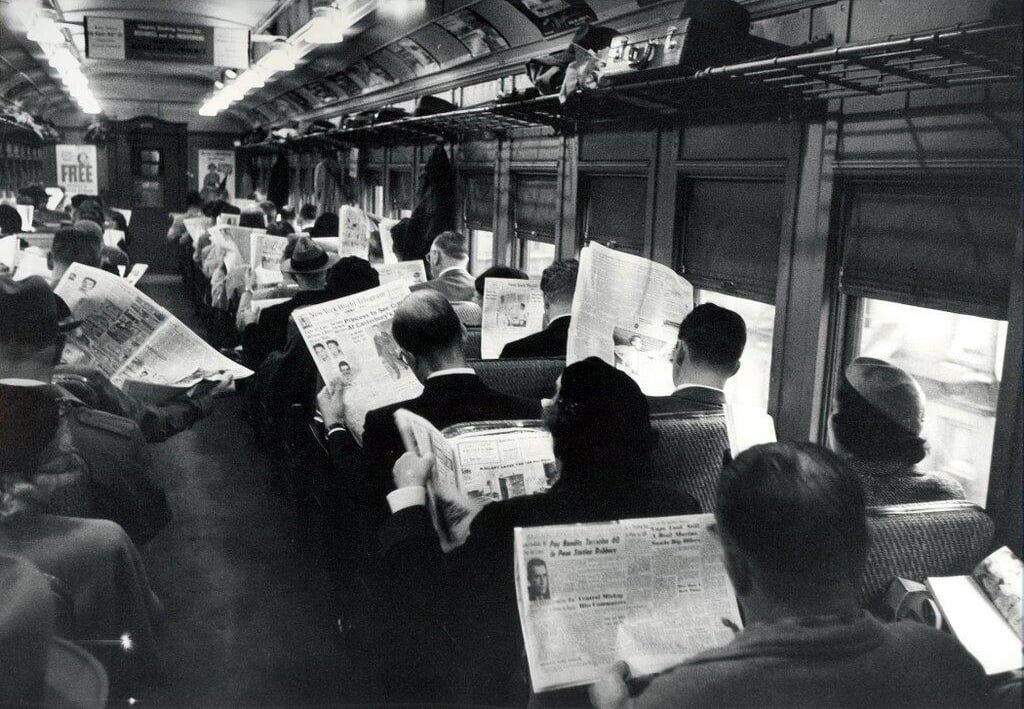Medium Matters – How You Communicate Impacts Your Story
Medium Matters – How You Communicate Impacts Your Story

My family was fortunate enough to get its first computer when I was just six years old. My older brother and I went nuts for it. This was the mid-1980s.
The home computer came complete with a (by today’s standards) painfully slow processor, featured all of four colors (anyone else remember CGA quality graphics?), and one it’s best features was the blinking gray block that was the hallmark of the DOS operating system.
It’s amazing how far we’ve come in just a handful of decades, huh?
We now have mobile phones that are pretty quick and enable the recording and viewing of videos, no less. Remember how choppy video was just a few years ago?
It’s important not to lose perspective on where we’ve come from… especially as it pertains to how we consume and communicate information.
For example, take the newspaper… a medium many of you are reading this piece in right now.
Let’s compare the experience to consuming a lot of information quickly on a mobile phone versus a broadsheet newspaper. After all, both are mobile.
Let’s say you’re reading an in-depth story about the history of a local organization that’s important to your community. It’s a long-form piece (5,000 words), with quality reporting, great artwork (pictures and a timeline) and a useful editorial influence.
Consuming this story on your phone means a minimum of 15 taps to a new page, waiting to load the next chunk of content, and small thumbnail images (even on MASSIVE phones and phablets). It’s possible to easily share the story on a social media platform, though.
The newspaper can publish this entire piece in a spread that spans the length of the opened paper. The images are huge and impactful, and the entire thing is much quicker to read because there’s no tapping, scrolling, or loading. It’s all right there in front of you. Because it’s tangible, the story seems more meaningful and long-lasting.
The oft-forgotten element in this example is the time, talent, and treasure it takes to produce a well-researched, well-sourced, and thoughtful piece. Newspapers are still one of the few publishing businesses that see value in quality and commit to producing something great and delivering it to you daily.
The lesson is that the content usually matches the medium, and therefore both are important. The content available readily on your phone tends to be ephemeral and transactional. That doesn’t mean it’s bad, though.
The content found in your newspaper tends to have an element of sincerity and permanence. It’s printed with ink, but that doesn’t mean it’s bad, either.
Everyone consumes information differently. Thank goodness, too, or else I wouldn’t have a job.
Here’s the important thing to remember – all methods are valid and useful. When you’re communicating, the medium matters. It matters in how you signal style, substance, and even where you find your audience.
Next time you’re planning a campaign or an ad, think about how you can leverage the medium to enhance your story.


0 Comments